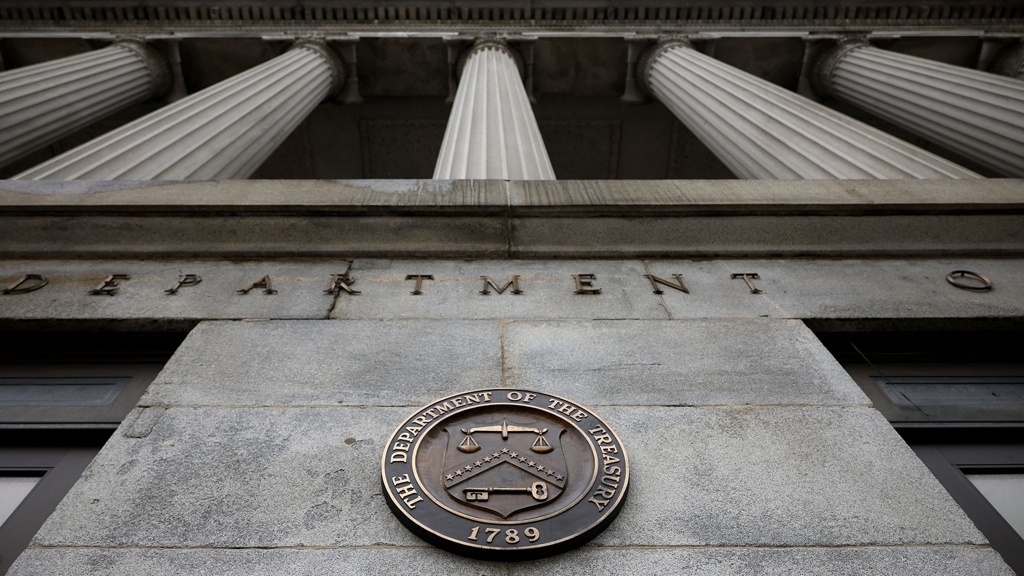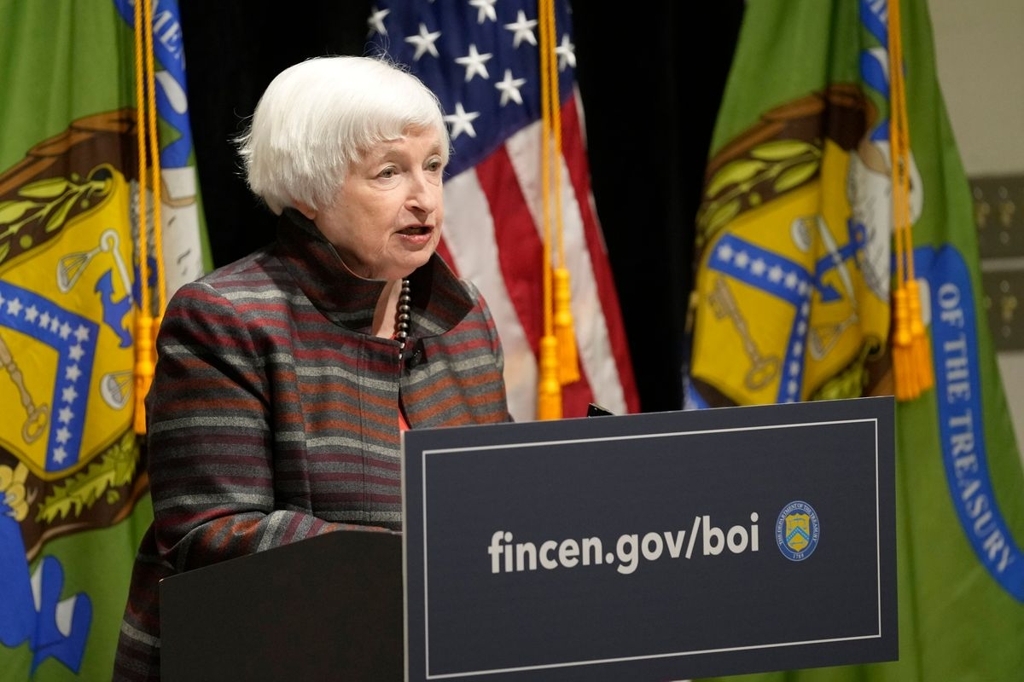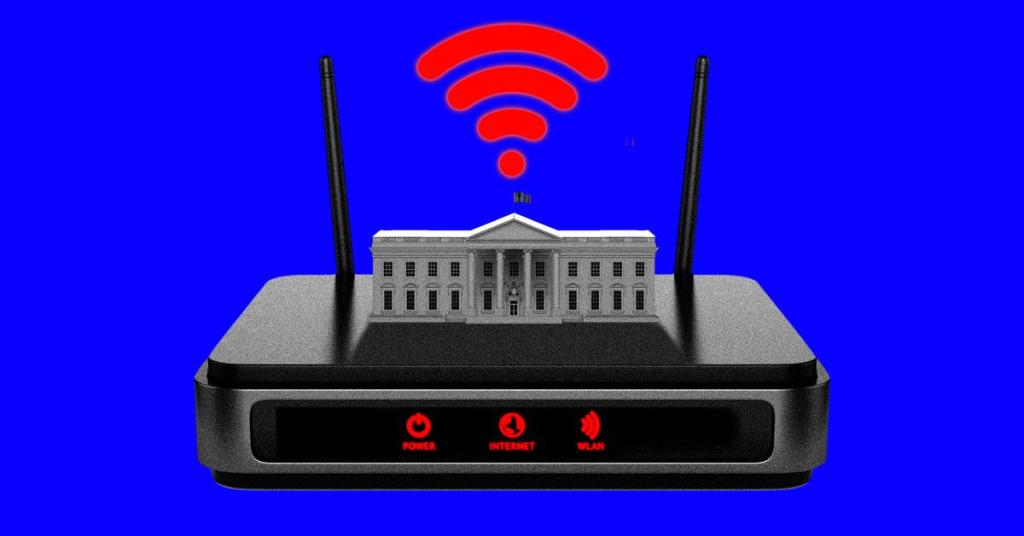Chinese Hackers Breach US Treasury and Threaten Cybersecurity
Chinese state-sponsored hackers infiltrated the US Treasury, raising urgent concerns about cybersecurity and the security of sensitive government data.
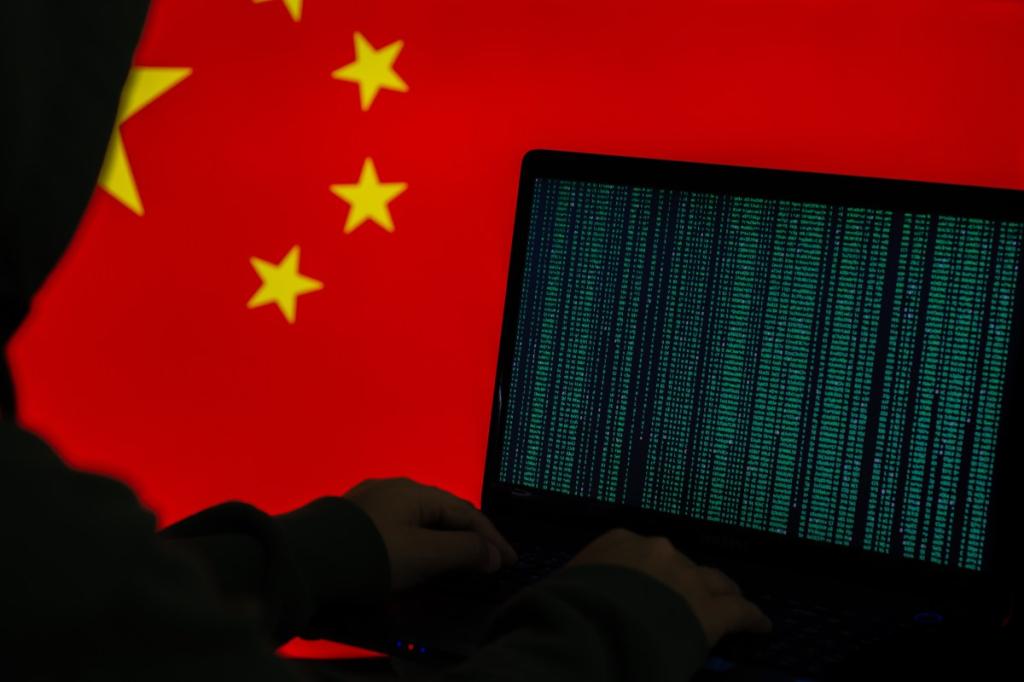
Key Points
- Chinese state-sponsored hackers gained remote access to U.S. Treasury
workstations through a compromised third-party software provider.
- The breach underscores the vulnerabilities in federal cybersecurity defenses and highlights the risks of relying on external vendors.
- Strengthening cybersecurity measures and fostering awareness are essential steps for protecting sensitive governmental information in the future.
In a startling revelation, the U.S. Treasury Department reported that Chinese state-sponsored hackers infiltrated its systems through a third-party software provider. This incident, described as a "major cybersecurity incident", raises significant concerns about the vulnerabilities in federal cybersecurity defenses and the ongoing threat posed by foreign actors. The breach, which came to light in December 2023, underscores the critical need for robust cybersecurity measures in an increasingly digital world.

The breach was first identified on December 8, when BeyondTrust, a company providing identity access management solutions, alerted the Treasury of unauthorized access. Hackers reportedly gained access to a key that BeyondTrust used to provide remote support to Treasury employees. Once inside, the hackers were able to remotely access multiple workstations and some unclassified documents, leading to what officials termed a serious intrusion into vital governmental operations.
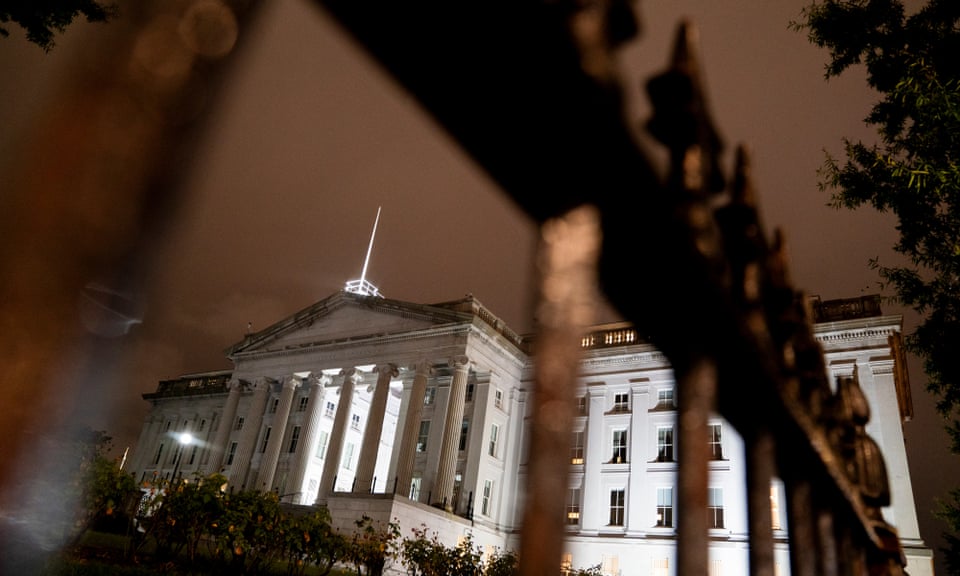
The Treasury's response has been proactive; they have since taken the compromised service offline and are collaborating closely with the FBI and the
(CISA) to assess the implications of this breach. Fortunately, recent statements indicate that there is currently “no evidence indicating the threat actor has continued access to Treasury information”. This lack of ongoing access is reassuring, but it does not lessen the urgency for improved cybersecurity protocols.

The Implications of the Breach
This incident is not just a wake-up call for the U.S. Treasury; it serves as a broader reminder for all organizations that rely on third-party services for their cybersecurity needs. The reliance on external vendors can expose sensitive information to significant risks. As noted by security experts, the use of third-party vendors necessitates rigorous security protocols and ongoing assessments of their cybersecurity measures.

The breach also highlights a growing trend in cyber warfare—state-sponsored actors targeting critical infrastructure. Not only does this jeopardize the sensitive information held by agencies such as the Treasury, but it can also disrupt essential services that rely on secure communications and data. In recent months, similar cyberattacks allegedly attributed to Chinese hackers have emerged, raising the stakes in an already tense geopolitical landscape.
Addressing the Future of Cybersecurity
In light of such incidents, organizations must adopt a multifaceted approach to cybersecurity. This should include ongoing employee training, regular auditing of third-party services, and implementing advanced threat detection systems. Public-private partnerships are becoming increasingly crucial in ensuring the integrity of sensitive data—a unified effort can serve to bolster defenses against sophisticated attacks.

The U.S. Treasury's past measures in strengthening its cyber defense over the last four years show a commitment to enhancing their security posture, but the complexity of today's cyber threats necessitates a continuous evolution of strategies. As hackers become more sophisticated, so too must the tactics and technologies employed by federal agencies.
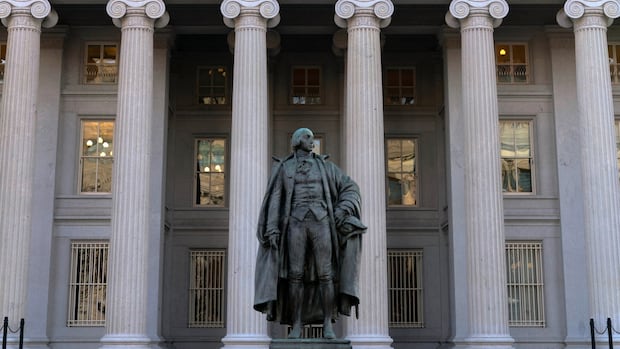
In conclusion, the recent breach of the U.S. Treasury by Chinese hackers serves as a crucial reminder of the fragility of cybersecurity in our digital age. By pooling resources and expertise, organizations can better defend against these persistent threats. Strengthening security measures and fostering a culture of cybersecurity awareness are essential steps for safeguarding sensitive information for the future.
